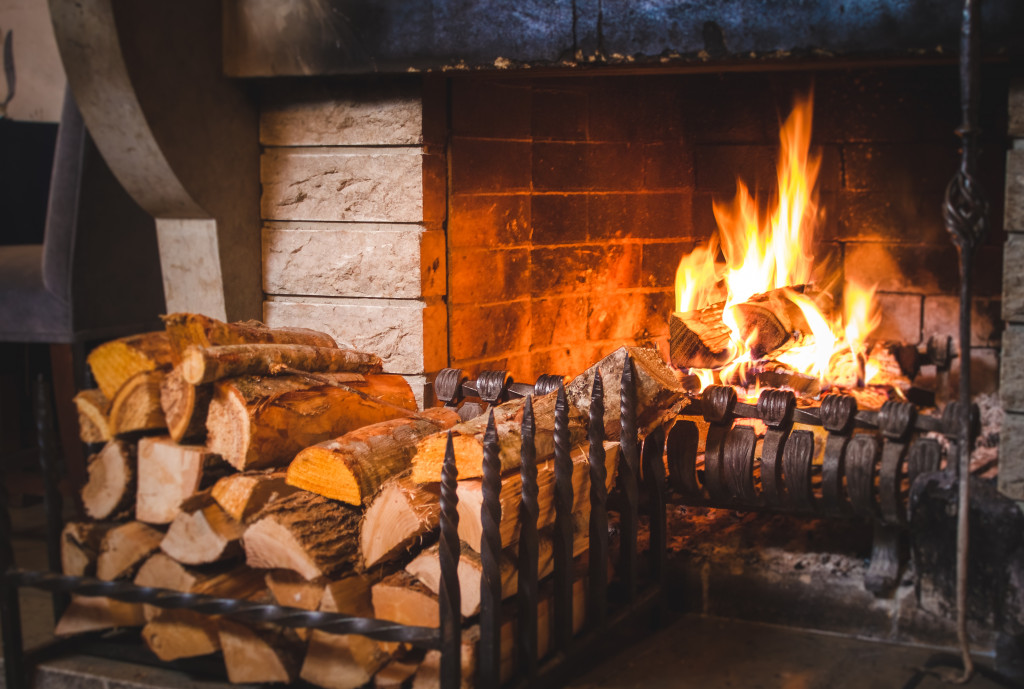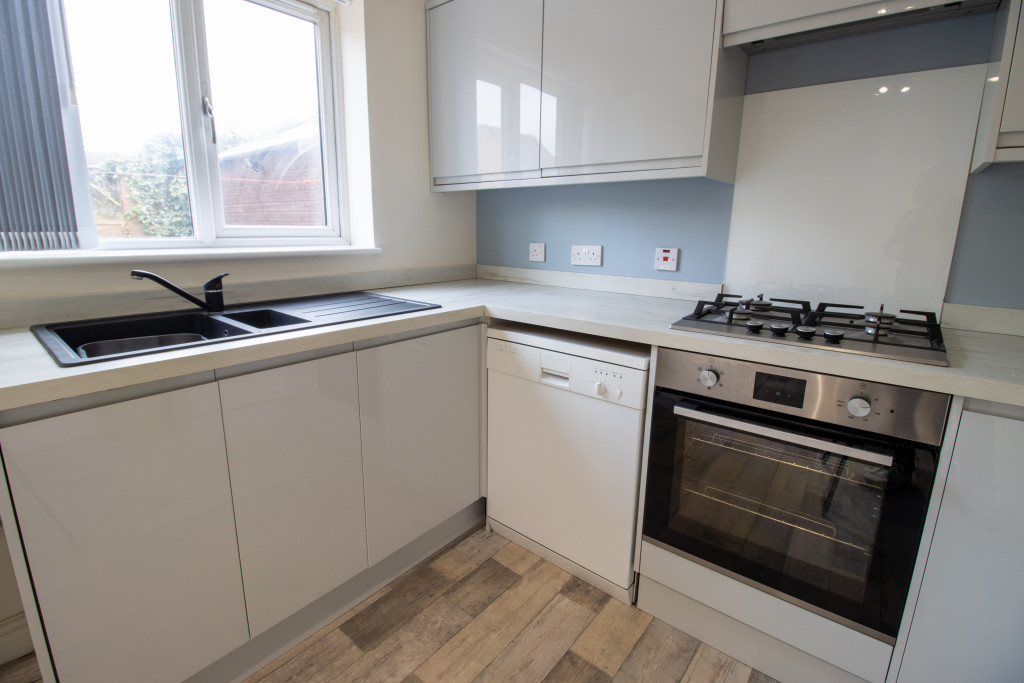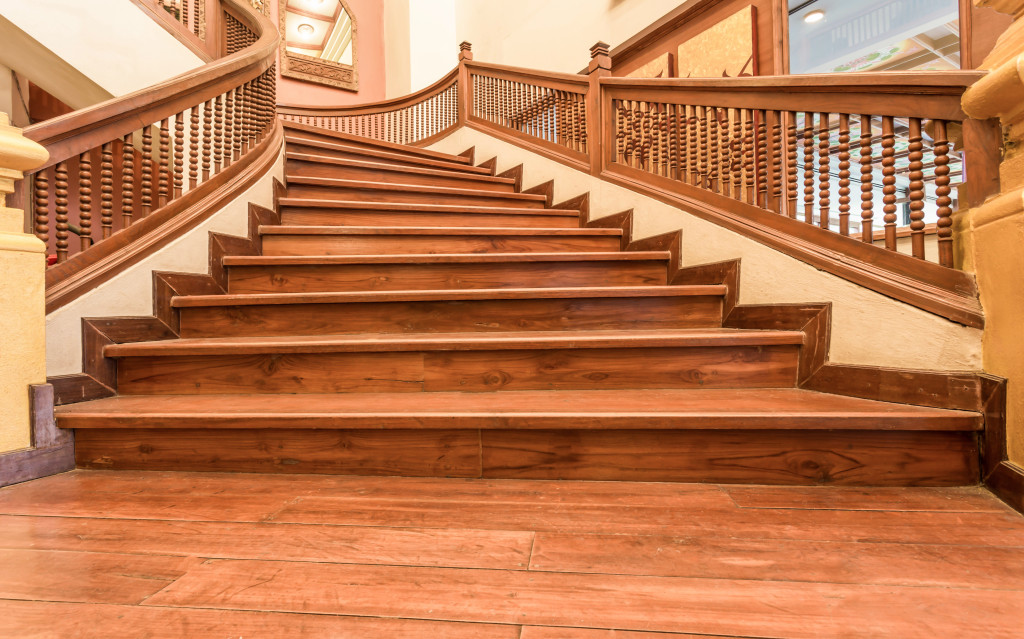- Prioritizing repairs and addressing structural issues, windows, fireplaces, and electrical systems, is vital in transforming an old house.
- Enhancing comfort and functionality is crucial, focusing on the kitchen, bathrooms, and bedrooms to meet family needs.
- Ensuring safety and security through sturdy doors, smoke detectors, and child-proofing provides a secure environment.
- Compliance with building codes and regulations ensures the home’s safety while preserving its charm and character.
Transforming an old house into a family home can be an exciting and challenging experience. An old house can have its own unique charm and character that can make it appealing to many families. However, renovating an old house can be a daunting task, especially when you have a family to consider. You want to ensure that the end result is a safe, comfortable, and functional space that will work for your family’s needs. With that in mind, here are some top things to prioritize when transforming an old house into a family home.
Get Repairs Done
Before undertaking any aesthetic modifications, it is crucial to address any repairs the old house might require. This could include fixing structural issues or mending leaky roofs. Not only will these repairs ensure the safety and longevity of your home, but they will also provide a solid foundation for any further renovations or upgrades you wish to make. Here are other areas that you need to check for a repair:
Fireplace
An old fireplace can add a distinct charm and warmth to a family home, but it can also pose significant safety risks if not properly maintained. A reliable fireplace repair is essential to ensure its safe operation. It involves checking for and repairing any cracks in the masonry, cleaning the chimney to prevent chimney fires, and making sure the flue is functioning correctly.
Windows
Windows in old houses can often be drafty, energy-inefficient, and may even have cracks or breaks in the glass. Replacing old windows with new energy-efficient ones not only improves the look of your home but can also save you money on heating and cooling costs. If replacement isn’t feasible, consider refurbishing them by re-sealing the panes and applying weatherstripping to reduce drafts.
Electricals
Renovating old homes often means dealing with outdated and potentially hazardous electrical systems. It’s imperative to hire a licensed electrician to inspect the wiring, outlets, and electrical panel. They can identify and replace any outdated wiring or non-compliant systems, ensuring the safety of your family. This step may also involve adding more outlets or upgrading the electrical panel to accommodate modern appliances and electronics, thereby improving the functionality and convenience of your home.

Comfort and Functionality
When renovating an old house, it’s important to make sure that the end result is comfortable and functional for your family. This means taking into account things like the flow of the house, the practical placement of rooms, and the needs of each family member. Here are some areas of the house that need to be prioritized to highlight comfort and functionality:
Kitchen
The kitchen is commonly known as the heart of the home. It’s a space where meals are lovingly prepared, homework is diligently completed, and cherished family gatherings take place. When renovating an older house into a warm and welcoming family home, it is of utmost importance to create a kitchen that seamlessly blends functionality and comfort. Carefully consider factors such as the efficient flow of the workspace, ample storage options, and the incorporation of high-quality appliances.
Bathrooms
Bathrooms are frequently used spaces that require careful design and renovation to ensure functionality and comfort. This can mean upgrading old fixtures, improving lighting, and possibly reconfiguring the layout for better use of space. You might want to consider adding features that cater to all family members, such as a step stool for children or grab bars for elderly family members.
Bedrooms
As personal sanctuaries within the home, bedrooms should provide comfort and reflect the personality of each family member. It’s important to ensure that each room suffices its occupant’s needs, be it a master suite for parents or a themed room for children. For an old house, this might mean a refreshing paint job, adding built-in closets for storage, or updating light fixtures for better illumination.

Safety and Security
Safety and security are non-negotiable aspects when transforming an old home into one that’s family-friendly. These elements ensure peace of mind, knowing that your family is protected inside your home.
This involves everything from installing sturdy doors and windows to deter intruders to adding smoke detectors and carbon monoxide alarms for fire safety. It’s also important to child-proof the home if you have young children, which entails securing heavy furniture to the wall, covering electrical outlets, and installing safety gates at staircases.
In some cases, an old house may also require updates to meet current building codes and safety regulations. This may include installing handrails on stairs, adding non-slip surfaces in bathrooms, and ensuring that the home has proper ventilation.
Transforming an old house into a family home can be a challenging but rewarding experience. By prioritizing repairs, comfort and functionality, and safety and security, you can create a space that not only preserves the charm of the old house but also meets the needs of your family. With careful planning and the help of professionals, you can transform an old house into a place where your family can create lasting memories for years to come.

